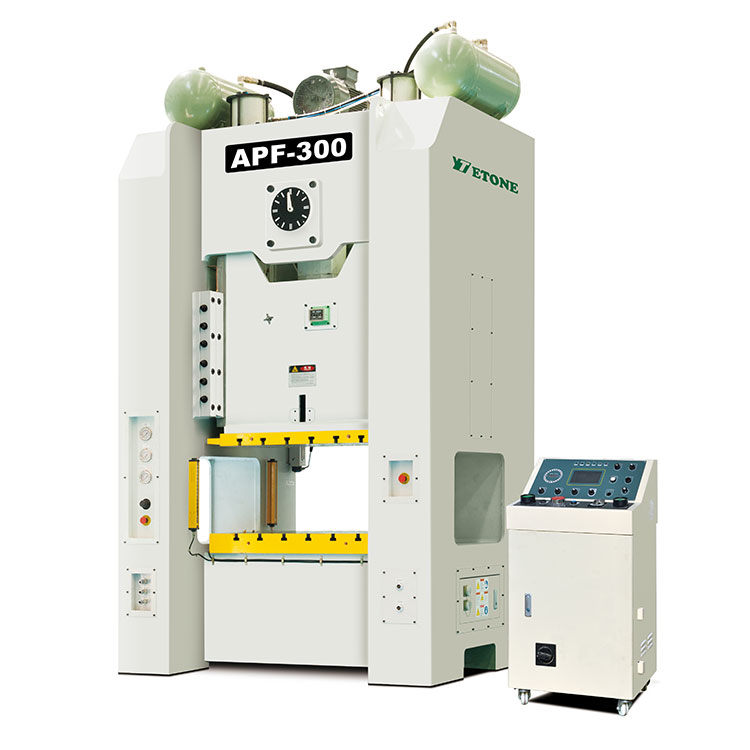The crankshaft clearance requirement standards for H-type high-precision presses generally involve the following aspects:
Clearance definition: Crankshaft clearance usually refers to the clearance between the crankshaft and the bearing, that is, the tiny gap between the bearing and the crankshaft during the rotation of the crankshaft. Too small a clearance may lead to poor lubrication, while too large a clearance may cause vibration and loss.
Standard value: The specific clearance value will vary according to different models and usage requirements. In general, the crankshaft clearance of H-type high-precision presses should be set according to the manufacturer's technical requirements. For common high-precision presses, the clearance of the crankshaft bearing is usually between 0.01-0.05 mm, and the specific value will depend on the design and use environment of the press.
Clearance control: In order to ensure high-precision working requirements, the bearing clearance of the crankshaft should meet the requirements of precision machining. The use of high-quality bearings, precise machining technology, and appropriate lubrication systems are all key to ensuring appropriate clearance.
Common specifications: You can refer to national or industry standards, such as ISO 9001 and other quality management systems, which may have relevant standards on bearing clearance, or technical manuals provided by press manufacturers.
In summary, the crankshaft clearance of the H-type high-precision press needs to be determined according to the specific model and technical requirements, usually between 0.01-0.05 mm, and the accuracy of the clearance must be strictly controlled to ensure the stability and working efficiency of the machine tool.


